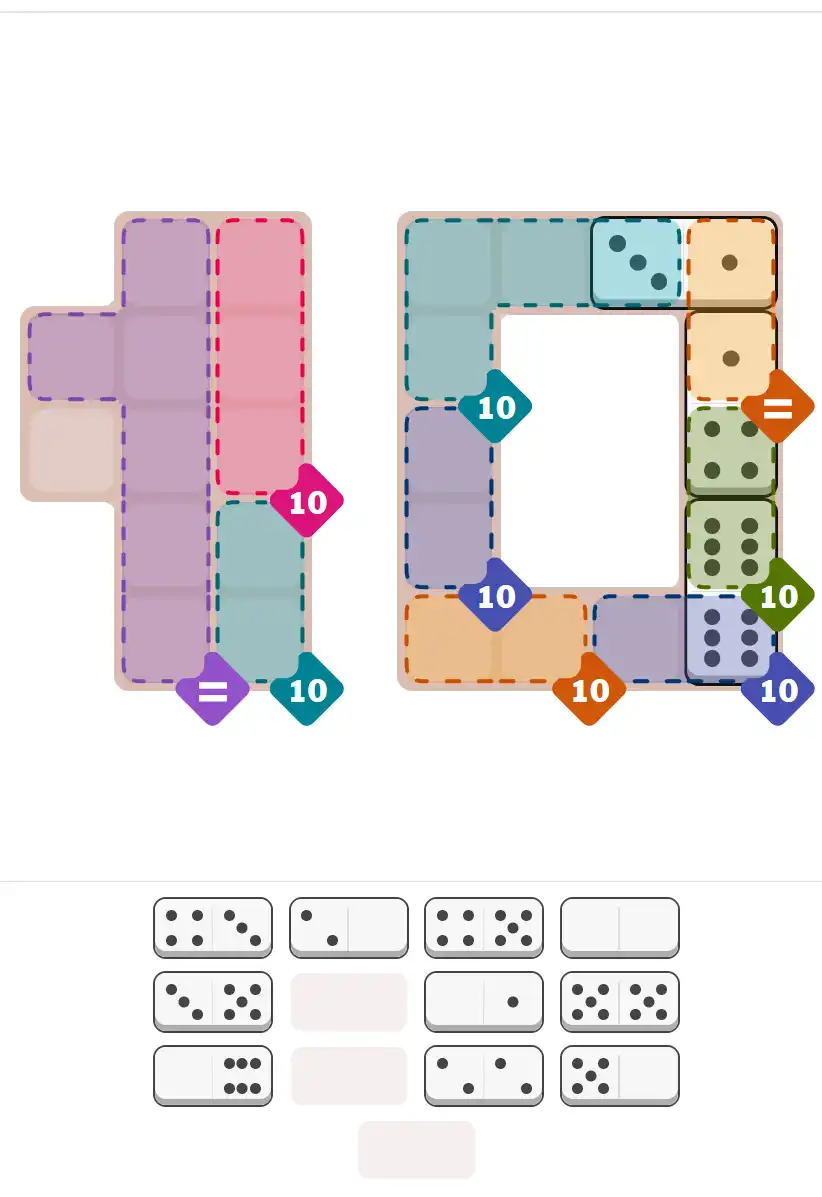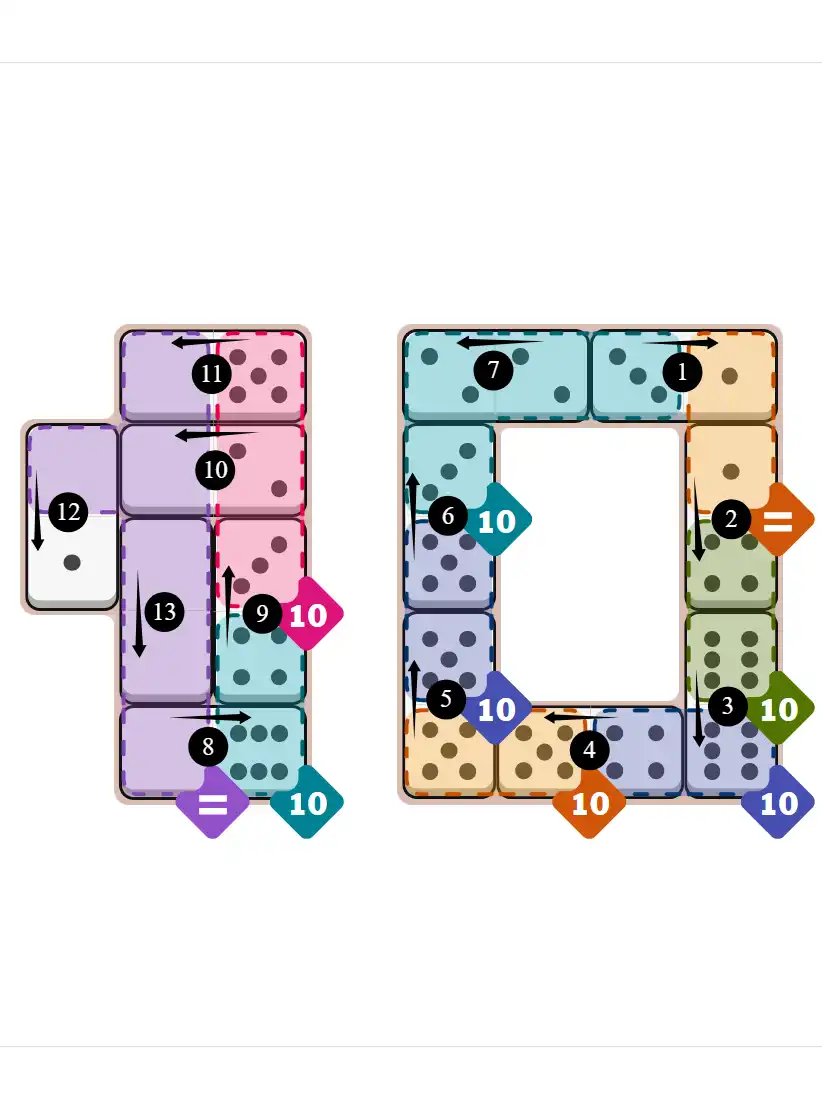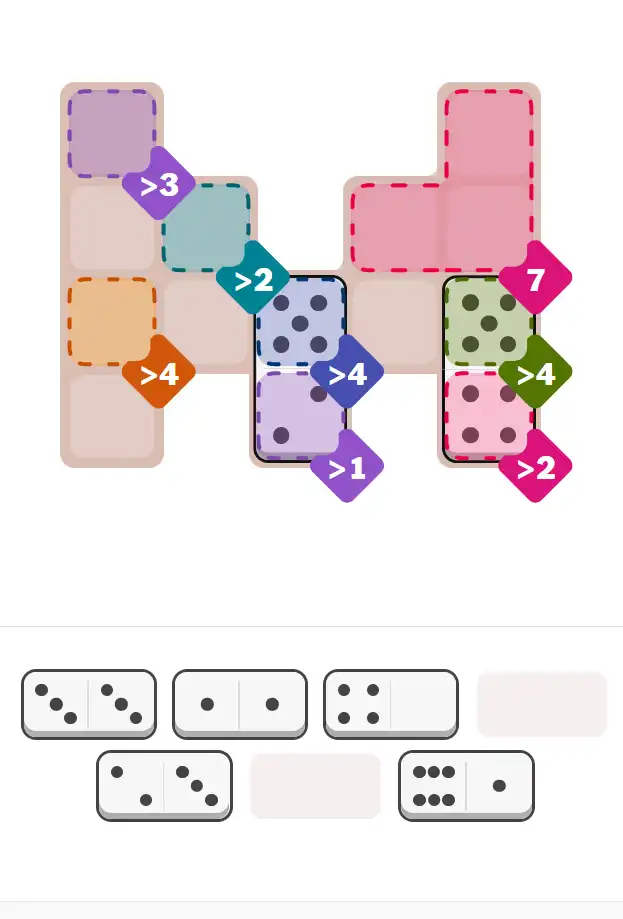🚨 SPOILER WARNING
This page contains the final **answer** and the complete **solution** to today's NYT Pips puzzle. If you haven't attempted the puzzle yet and want to try solving it yourself first, now's your chance!
Click here to play today's official NYT Pips game first.
Want hints instead? Scroll down for progressive clues that won't spoil the fun.
🎲 Today's Puzzle Overview
November 19, 2025 | Wednesday Domino Logic Challenge
Get ready for a mid-week boost of structured reasoning with a full trio of Pips NYT puzzles—each crafted to sharpen pattern recognition, strengthen logical flow, and give solvers clear data to measure improvement.
EASY (ID: 358) — Ian Livengood
A compact warm-up featuring 4 dominoes and 5 distinct regions, including two sum zones, an equals block, a less-than constraint, and one open region.
Perfect for spotting quick patterns and building momentum—ideal for your first pips hint scan of the day.
MEDIUM (ID: 353) — Rodolfo Kurchan
A more analytical grid with 7 dominoes and 12 regions structured around six greater-than zones, one sum region, and five open spaces.
This one rewards careful comparison, directional reasoning, and incremental deduction—great for tracking how your logic evolves across the grid.
HARD (ID: 297) — Rodolfo Kurchan
A full-scale challenge featuring 13 dominoes across 10 regions, including seven sum-target clusters and two equals zones.
Expect layered constraints, interlocking regions, and meaningful decision branches—an excellent test bench for anyone refining their pips NYT puzzle strategy.
With editor Ian Livengood overseeing today’s lineup, each puzzle comes with complete solution grids for verification, making it easy to analyze your solving path, compare efficiency, and build stronger day-to-day logic habits.
Track your progress, study the region structures, and enjoy a Wednesday designed for thinkers who love clean, data-driven puzzle solving.
Written by Joy
Puzzle Analyst – Ella (NYT Pips Hint Team)
💡 Progressive Hints
Try these hints one at a time. Each hint becomes more specific to help you solve it yourself!
🎨 Pips Solver
Click a domino to place it on the board. You can also click the board, and the correct domino will appear.
✅ Final Answer & Complete Solution For Hard Level
The key to solving today's hard puzzle was identifying the placement for the critical dominoes highlighted in the starting grid. Once those were in place, the rest of the puzzle could be solved logically. See the final grid below to compare your solution.
Starting Position & Key First Steps

This image shows the initial puzzle grid for the hard level, with a few critical first placements highlighted.
Final Answer: The Solved Grid for Hard Mode

Compare this final grid with your own solution to see the correct placement of all dominoes.
🔧 Step-by-Step Answer Walkthrough For Easy Level
🔧 Step-by-Step Answer Walkthrough For Medium Level
🔧 Step-by-Step Answer Walkthrough For Hard Level
🎥 -Quick Domino Logic Hack | Pips NYT Puzzle Short – November 19, 2025
-Let us know if it helped—drop your solve time below and tag a friend who’d love the challenge!




💬 Community Discussion
Leave your comment